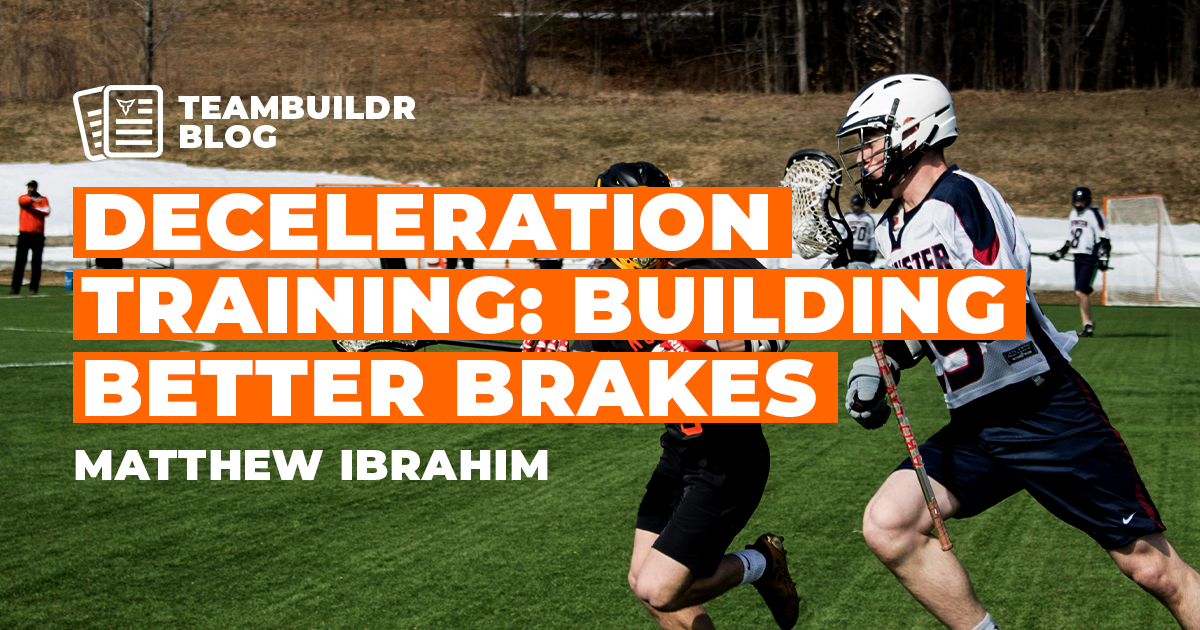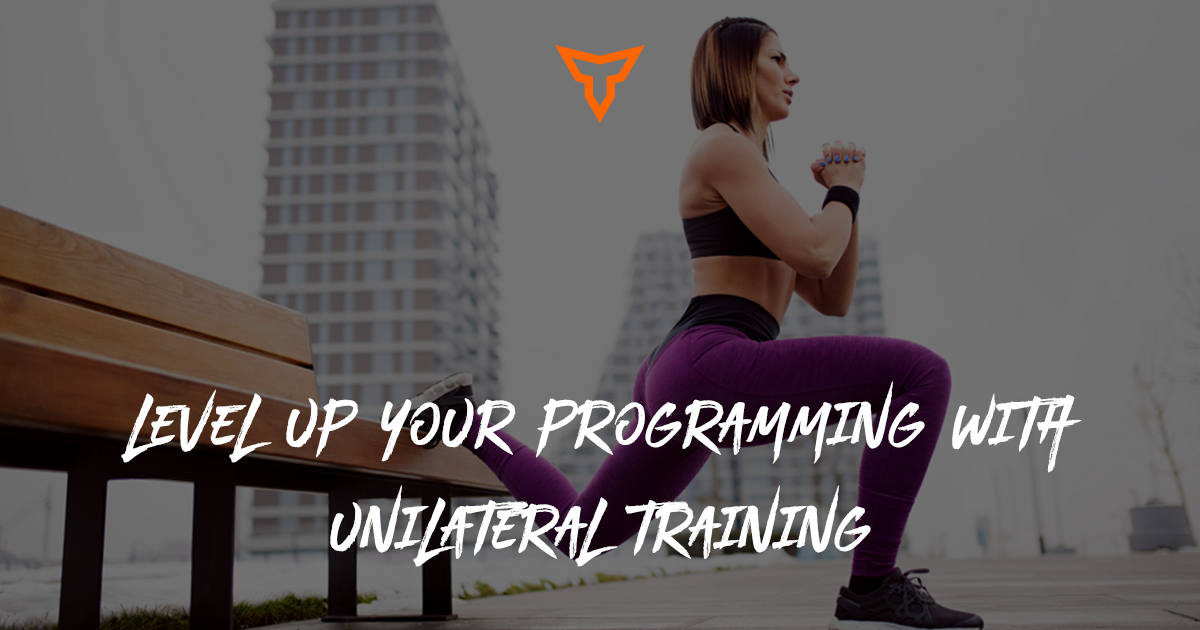Systematic Approach to Movement Preparation
As a young coach, I've noticed how easily the warm-up can become a mundane routine, a box to check before diving into the main training session. It seems there is a lackadaisical attitude towards the “warm-up,” most likely due to poor experiences with high school, college, or even professional team coaches. It's tempting to stick to familiar exercises, but this can lead to athletes not being adequately prepared for the demands of their sport. I fell into this trap, likely due to my limited experience and feeling overwhelmed by the task of creating a more effective warm-up. However, I've come to realize the profound impact a well-designed warm-up can have on an athlete's performance and injury mitigation.
To avoid repeating the same mistakes, I now view the warm-up not as a preface to the session, but as the first chapter. Once the athlete starts moving under my guidance, the story begins, and I am responsible for setting the plot. This shift in mindset prompted me to take a step back and apply a first principles approach. I needed to challenge my assumptions, break down the problem into its fundamental components, and synthesize a new solution.
Step 1: Shift the mindset of the athlete
I advocate for reframing the “warm up” as a movement preparation session. The movement preparation model emphasizes a systematic and athlete-centered approach based on the demands of a game, practice, or training session. No matter the time of the year, this period is about improving athletic potential and taking advantage of the maybe 10 minutes allocated before the aforementioned sessions. Ultimately, it's about moving away from generic routines and towards a model that caters to the unique requirements of each athlete and their sport while also providing menu item options for the athlete and coach to avoid monotony.
“The warm-up isn’t just a formality or obligation, it's an opportunity to train, evaluate, invest & develop your student-athletes. Use it to your advantage.” - Ryan Horn
Step 2: What are the goals, emphases, and components?
The movement preparation serves as a critical bridge between inactivity and the demands of the ensuing activity, whether it’s a game, practice, or sport preparation session. It’s important to remember that you have no idea what the athlete may have been doing before they walked in the door. Prepare for the worst-case scenario. Take advantage of the strategic opportunity to address various objectives, including enhancing movement literacy, improving joint and tissue mobility, activating specific tissue structures, and priming the body for dynamic movements required in the session.
Inspired by Scott Khuen’s adaptation of the RAMP (Raise, Activate, Mobilize, Potentiate) protocol, I’ve adopted a similar approach (Heat → Mobilize → Activate) to better suit the dynamic nature of sports. This revised model culminates in movement, which can be defined as a game, practice, or sport-preparation session focusing on sprinting, change of direction/agility, or plyometrics (Medium or Dynamic Tier - from Matt McInnes Watson). The approach ensures that movement preparation is not just a cut-and-paste routine but a strategic component of the overall training regimen.
Ultimately, the goal of the systematic approach is to optimize performance and mitigate the risk of injury by preparing athletes for the specific demands of their sport. Through logical progression and the inclusion of elements that mirror the dynamics of movements and intensities expected during the session, athletes can smoothly transition into the main training or competition for the day. As a call to action, I challenge you to list all the drills and movements you typically perform, categorizing them into these parts. This exercise will help streamline conscious thoughts into an actionable system.
Step 3: My General Framework


Teambuildr App Format (1242 x 2688 px)
When we examine motion, it can be deconstructed into an arc of rotation or direction of movement across three planes: frontal, sagittal, and transverse. These correspond to lateral flexion/abduction and adduction, flexion/extension, and rotation, respectively. By adhering to specific variability in these planes, the aim is to develop awareness in a range of positions from left to right before introducing load, velocity, or complexity, which only amplifies the present asymmetrical patterns. (All of my examples are hyperlinked into a PDF created within Canva, which directs you to a YouTube playlist for each section. I highly recommend doing this, and if you want to link within the Teambuildr App, utilize a 1242 x 2688 px size for ease of use.)
Heat: Dynamic Movement
- Examples
- Sagittal: Cross Arm Skip (Forward/Backward)
- Frontal: Shuffle Duck Under
- Transverse: Carioca (Forward/Backward)
Mobilize: Dynamic Stretch
- Examples
- Sagittal: SL RDL to Sprinter Pose
- Frontal: Cossack Squat
- Transverse: Thread the Needle
Activate: Isometric, Deep, and Light Tier Plyometrics
- Examples - Isometrics
- Knee Bias: Wall Sit
- Ankle Bias: SL Bent Knee Calf Raise
- Upper Body Bias: 3 Position Pushup
- Examples - Deep and Light Tier Plyometrics
- Check out Matt McInnes Watson
- Deep Tier: Muscular Bias
- Light Tier: Elastic Bias
- Check out Matt McInnes Watson
Again, here’s the final call to action: list all the drills, exercises, and movements you typically perform. The dynamic movement category, involves locomotion and biases a direction of movement, and the dynamic stretch category, which is typically done in place, emphasizes the arcs of rotation, and in the isometric category, focuses on joints where tendinopathies typically show up most and microdose daily.
Conclusion: Simplicity in Complexity
If nothing else, take away from this article a deeper understanding of a system and model to work from when creating your warm-up.
“Fools learn from experience. I prefer to learn from the experience of others.” We all stand on the shoulders of giants.
Subscribe to our blog
Subscribe to receive the latest blog posts to your inbox every week.
Related posts

Implementing the RAMP Protocol in Warm-Up Routines

Deceleration Training: Building Better Brakes

